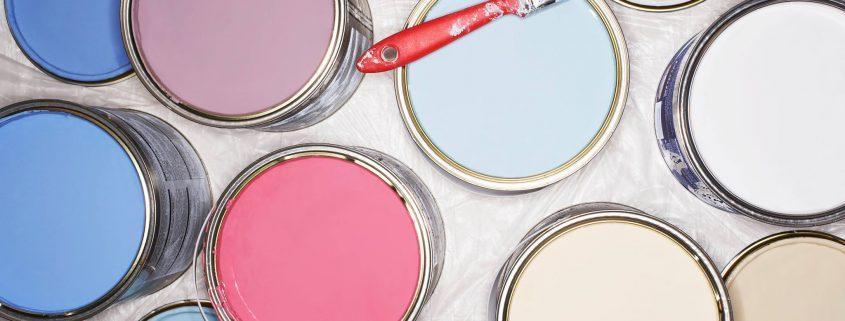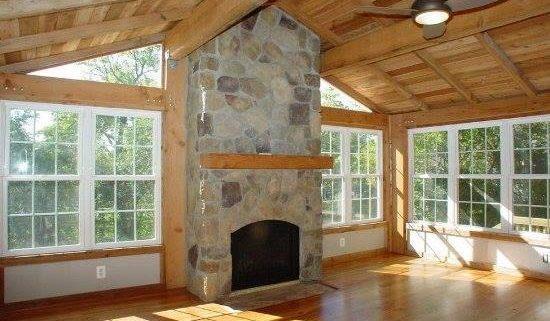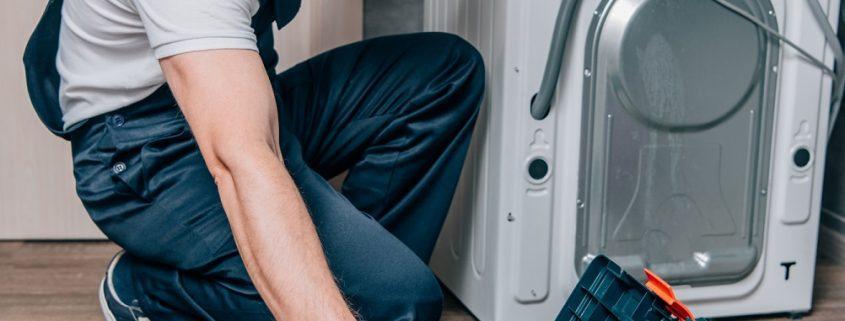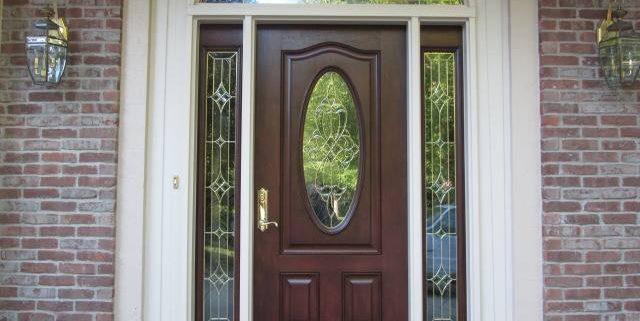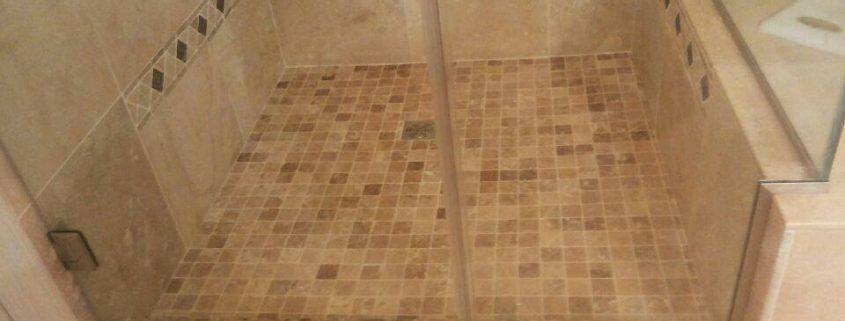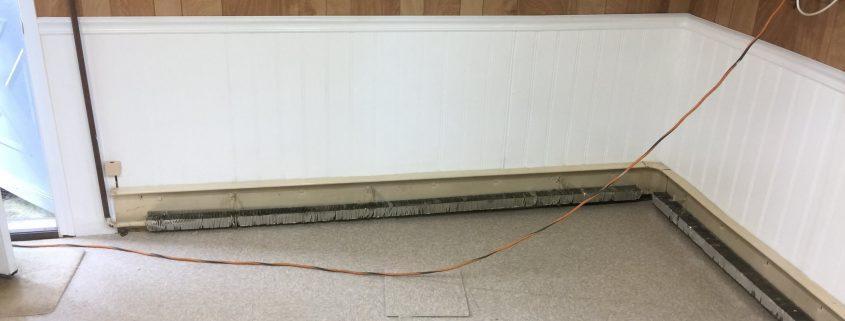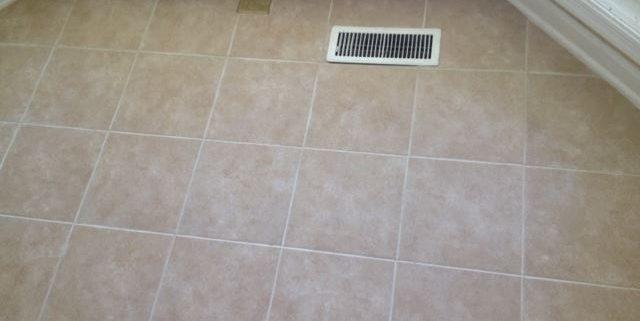Feeling the heat and hearing the noise of the burning wood from the fireplace in your house can be very relaxing. However, the soot deposits it leaves behind eventually condense to create a creosote, a toxic and tarred substance, in the chimney. You should clean your fireplace regularly. To do so, you can use a homemade or commercial cleaner. You must sweep the fireplace, apply the cleaner inside it and scrub it.
Consider using commercial cleaners. You can use standard household cleaners in the fireplace. You can also buy cleansers specifically manufactured to clean chimneys.
- Ammonia can work well as a cleaner, but it may be very strong for brick chimneys.
- You can apply an oven cleaner in the fireplace. This product can be very useful when a lot of burnt material accumulates in the chimney.
- Stop by your local hardware store and look for chimney cleaners. These products may be less strong for your fireplace. If you use chimney cleaners, such as the Quick n ‘Brite brand, you should probably dilute them before using them, so be sure to read the instructions.
Make a homemade cleaner. If you are allergic to chemicals, you can use a homemade cleanser. You can usually make a cleaner with items that you can find in the kitchen.
- You can combine 2 tablespoons of cream of tartar with water to make a good quality homemade cleaner.
- You can also mix equal parts of vinegar and water to make a cleaner. Then, place it in a spray bottle to apply it.
- Mix between two to three tablespoons of dishwashing liquid with 1/2 cup of baking soda. Create a paste with this mixture to obtain a good quality homemade cleaner.
Make sure you have a multipurpose spray cleaner. Before applying any cleaner, apply a multi-purpose cleaner to the fireplace. An aerosol cleaner, like 409 brand, that you can buy in most supermarkets, will be very useful for this purpose.
- If you are going to use a commercial cleaner, make sure that the cleaner you choose does not interact negatively with the multi-purpose spray cleaner.
Get a small broom to sweep the fireplace. You must sweep the fireplace quickly before scrubbing it, so get a small broom. You can find small brooms in most stores.
- Search the aisle for pet products. Often brooms and small pickers are sold to clean cat litter. You can use these brooms to clean the fireplace.
Get an abrasive tool. You must use this tool to scrub and remove debris from the chimney. A scrub brush or abrasive sponge is very useful for cleaning a chimney.
- You can buy these products in most supermarkets and hardware stores.
Clean the chimney
Protects the area surrounding the fireplace. Use an old apron or clothing to protect yourself from dirt or debris. Spread a tarp or newspaper on the floor around the fireplace. Keep this in mind because you will get dirty when you clean the fireplace and removing soot from clothing or carpeting can be difficult.
- If you do not have a tarp to put on the floor, use old clothes or towels that you no longer use. Make sure they are garments that you do not mind discarding as they are likely to be ruined during the cleaning process.
Remove waste from the chimney. Before cleaning, you must get rid of old leftover wood and other waste. Put on some cleaning gloves and remove the debris.
- If there is any wood that you can use again, save it for later.
- You may have to use a vacuum to vacuum loose debris.
Sweep the chimney from the top to the bottom. Take the small broom and use it to sweep. Thoroughly sweep any dust or ash from inside the fireplace.
- It may be useful to sprinkle ground coffee on the ashes before cleaning. Doing so allows the ashes to acquire a more solid texture to prevent them from dispersing in the air.
- Also sweep the entrance to the chimney, as it probably also has ashes.
Spray the fireplace with a cleaner. First you must use the multipurpose cleaner. Spray the inside of the fireplace with a light coat of this cleaner. The purpose of this procedure is to wet the area, whereupon the cleaning process begins.
- Make sure to wet the inside of the fireplace completely before continuing.
Use an abrasive tool to clean the fireplace. Use the cleaner you have chosen, whether it’s homemade or commercial. Wet the abrasive tool with the cleaner and start scrubbing.
- Do not rub too hard because the brush is already abrasive. Apply the liquid in circular motions until the chimney is completely covered.
- If there are hard-to-reach cracks in the fireplace, use a toothbrush to clean these areas.
Let the cleaner settle in the fireplace. If the fireplace has only slight stains, it will be enough to wait between 10 and 15 minutes. If the fireplace is very stained, wait at least 30 minutes.
- If you are going to use a commercial cleaner, read the label carefully. There may be specific instructions on how long you should allow the cleaner to set.
Remove the residues that have accumulated in the chimney. The cleaner will loosen dirt and debris from the fireplace. Once this happens, you can easily remove the residue by scrubbing and cleaning the chimney a little.
- Wet a cloth with warm or hot water from the tap.
- Remove the stain. It should leave easily.
- Generally, after doing so, you will have finished the process. However, you may need to clean the chimney for a second, or even a third time, if it is heavily stained or damaged.
Clean the glass of the chimney
Wet a cloth with water. Before starting, make sure the fireplace is off and cool to the touch. Use a cloth that you do not mind discarding after cleaning. If you wish, you can use paper towels instead of a cloth.
Dip the damp cloth in the ashes. Use the ashes of the fireplace. Make sure you cover the area completely, as this will help eliminate the soot on the glass, even if it seems contradictory.
Rub the glass with the cloth. You should rub hard to perform a good cleaning. Keep rubbing until you have removed all the soot or discoloration.
Clean the glass with a microfiber towel. Once it’s clean, remove all streaks or residue with a clean microfiber towel.
Keep the fireplace clean
Choose dry wood. Dry firewood burns better than other types of firewood. It also tends to produce less smoke, which reduces stains inside the chimney.
- Make sure that any firewood you buy is dry or cured.
- If the firewood is not labeled, ask someone at the store where they sell it.
Clean out the fireplace weekly. Doing so will reduce the process of sweeping and eliminating waste when you clean it. However, take certain precautions. Make sure the embers have dried at least 12 hours before vacuuming.
Use water to put out the fire only in emergencies. The fire in the fireplace should burn naturally. If you throw water on it, the ashes will form a paste that will be difficult to clean. Only use water in case of emergency.
- If a fire starts in your home, you should immediately call the local emergency number. Even if you think the fire is under control, professional firefighters should check the house to make sure the fire has completely died out.
Warnings
Many of the substances described above are toxic, so always use plastic gloves throughout the cleaning process.


